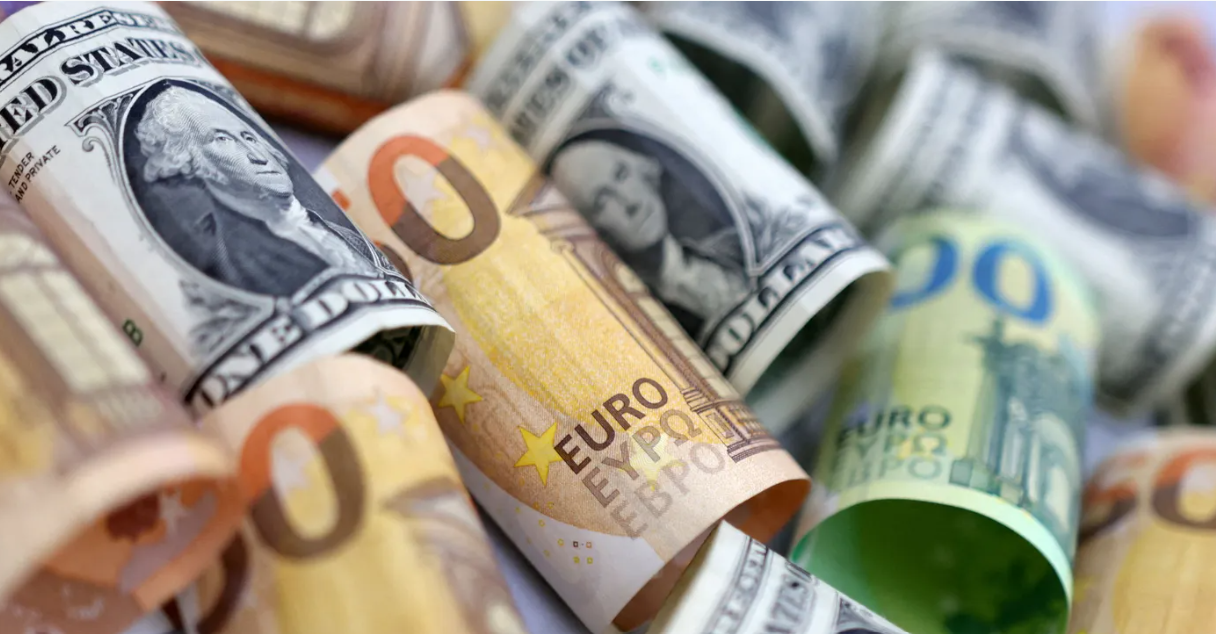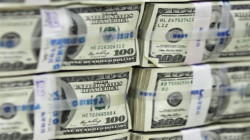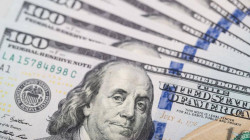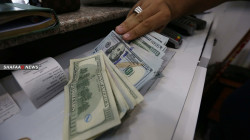Dollar takes breather, option expiries give yen a jolt

Shafaq News/ The U.S. dollar steadied on Monday as looming central bank decisions in Japan and Europe and vacillating market expectations for Fed rate cuts forced a pause in the greenback's data-spurred rally this year.
Japan's yen was the notable mover in otherwise quiet trading, as it headed away from Friday's 148.80 per dollar, its weakest in a month, to as firm as 147.74.
The currency, last at 148.23 per dollar, has been the worst hit against the dollar this year, tumbling about 5% in a swift reversal of December's bounce to five-month peaks near 140.
The Bank of Japan's two-day meeting begins on Monday. Wagers for an exit from negative rates at this meeting have been wound down following the New Year's Day earthquake on Japan's west coast alongside dovish BOJ commentary.
Traders said one factor driving the yen moves was the expiry of a large amount of currency options this week and the hedging around those contracts.
LSEG data showed that while most options expiring between Monday and Thursday with strike prices between 147.15 and 148.10 dollar-yen levels were small, the cumulative amount was around $2.6 billion.
"The options put on ahead of BOJ are punts on a breakout in case BOJ signals anything during this meeting for further policy moves," said Rong Ren Goh, fixed income investments director at Eastspring Investments in Singapore.
"We might see yen chop around into the meetings and as options expire, but as long as BOJ doesn’t actually announce anything, dollar-yen will still be U.S. rates driven."
The dollar's trade-weighted index was down 0.09% at 103.19 and the greenback was flat against the euro which was at $1.0892.
The dollar's rally this year has been jerky as investors try to make up their minds about when the Federal Reserve will start cutting rates.
Data late last week showing U.S. economic activity remains resilient despite interest rates at their highest level in decades caused markets to scale back expectations of rate cuts beginning as soon as in March.
Interest rate futures show traders are betting rate cuts will start in May, not March as they did until last week. Longer Treasury yields have risen steadily, with 10-year yields up 30 basis points this month.
There is, however, a wide gap of about 100 basis points between market expectations and the Fed's own dot plot of where rates will be by year end.
That, said Eastspring Investments' Goh, is "the struggling narrative in the market at the moment which prevents the dollar from rising further than it already has this month".
This week also has much for markets to focus on, with the European Central Bank and Canada and Turkey's policy meetings on Thursday, a busy earnings season and turmoil in the Red Sea upsetting global trade and supply chains.
Ahead of the ECB policy meeting, the debate has shifted somewhat as policymakers accept that the next move is a rate cut, but later and less than what markets expect. Market analysts think the ECB's inflation outlook is wrong and expect five cuts this year.
Sterling was last trading at $1.2698, flat on the day. The pound fell last week after Friday's data showed retail sales fell by the most in three years, but still-high inflation and the view that the BoE is unlikely to cut rates as quickly as the ECB or the Fed have underpinned the currency.





